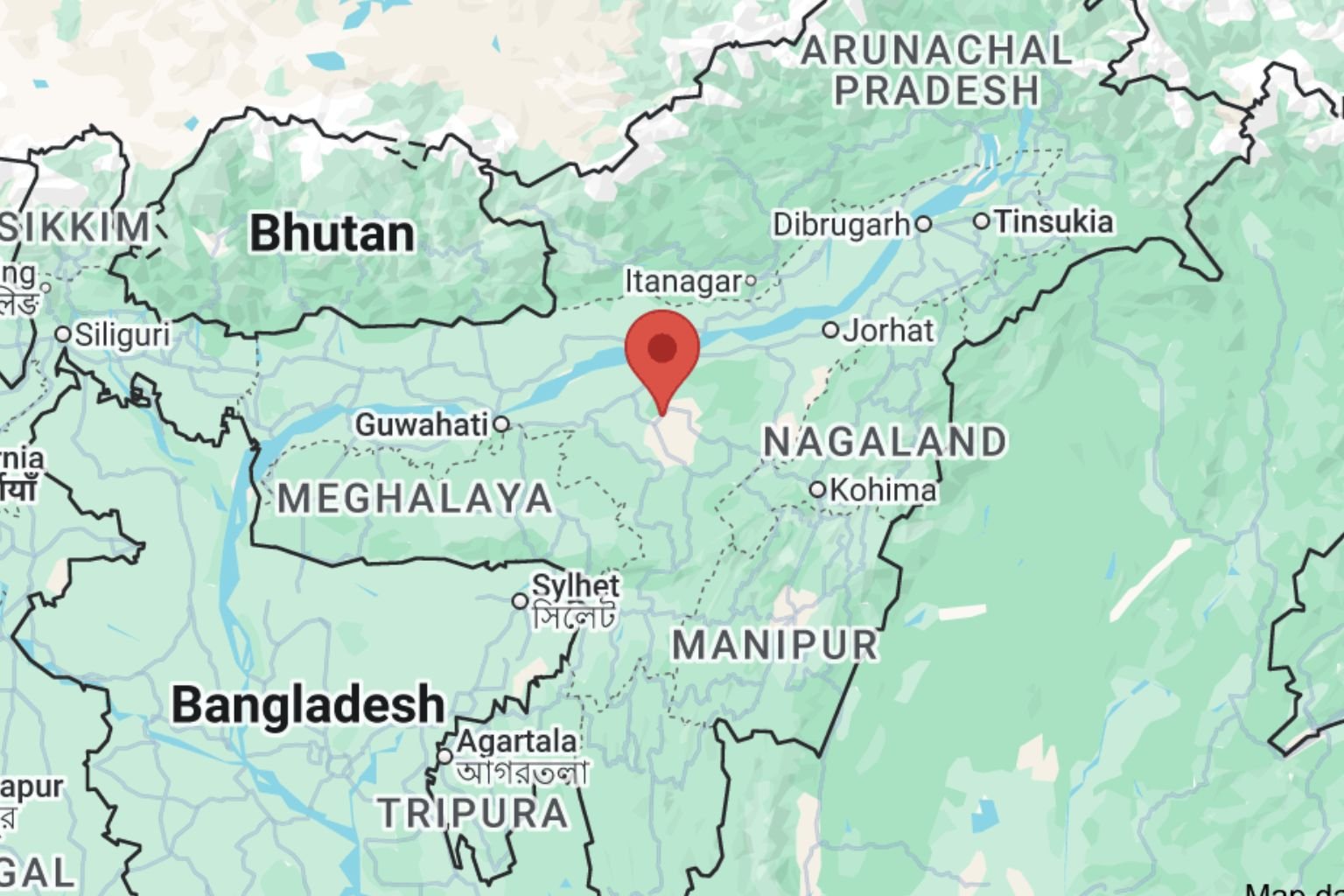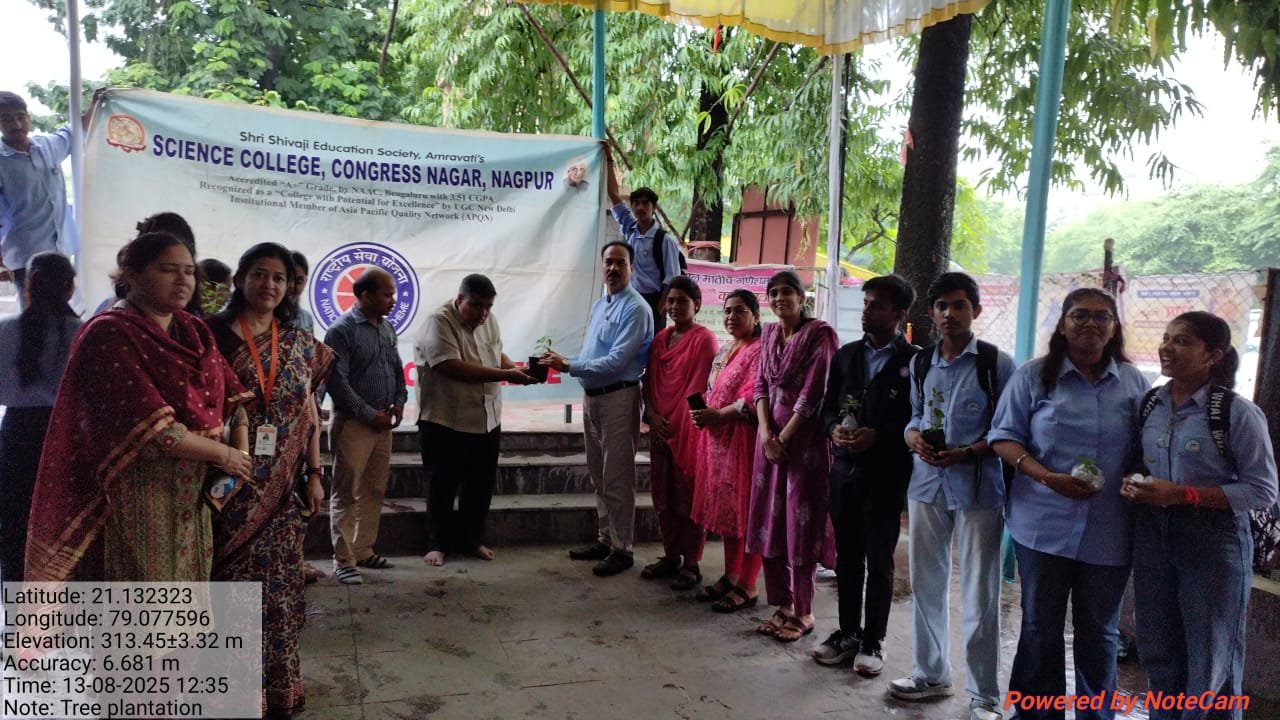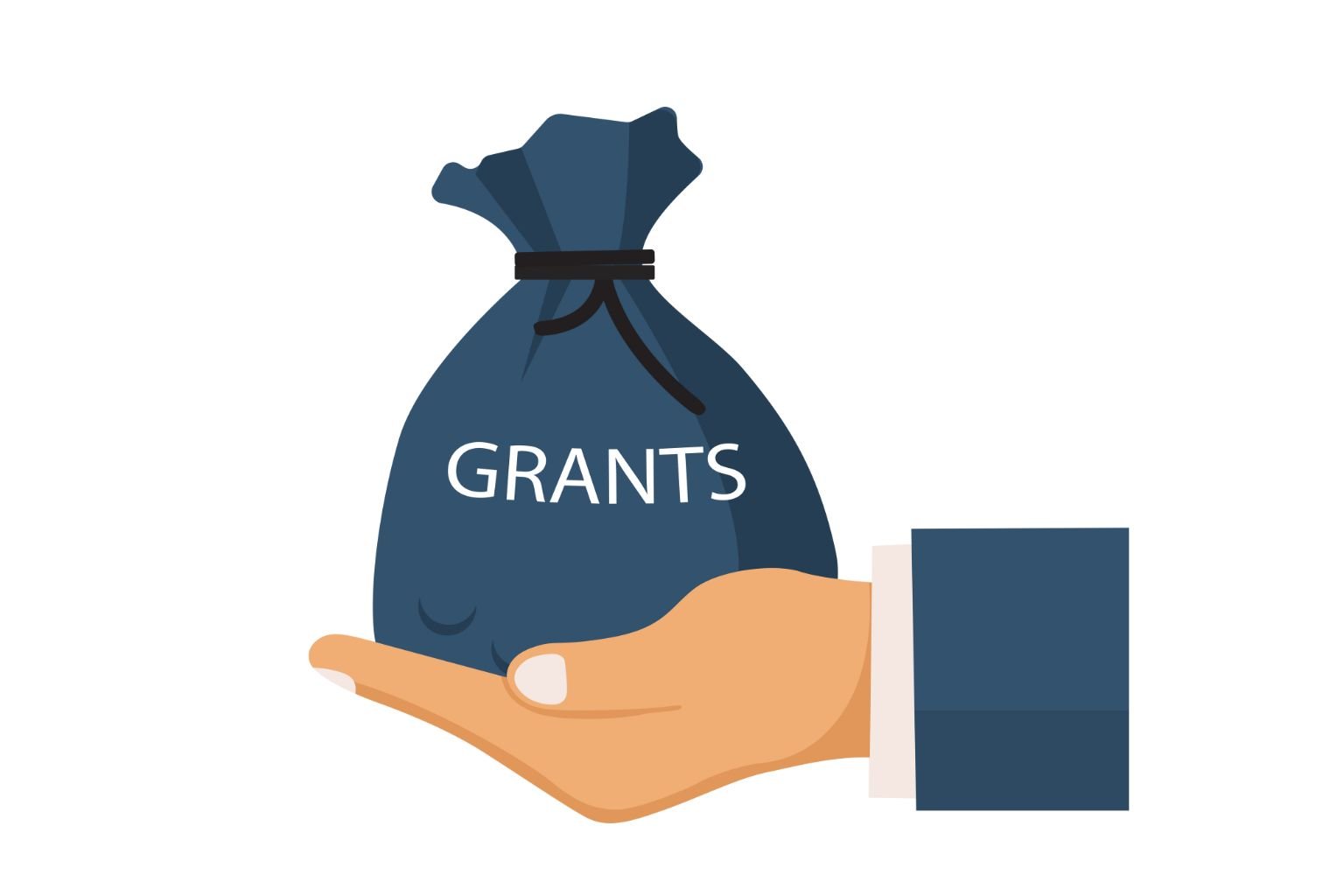Jaipur, August 18, 2025 — In a landmark move aimed at blending cultural heritage with early education, the Rajasthan government has declared that Sanskrit will be introduced in pre-primary classes—covering ages 3 to 5—across government schools. This initiative marks the first time in India that Sanskrit is being integrated so early in the formal school curriculum.
A Curriculum Designed for Young Minds
State authorities, in collaboration with the Sanskrit and Education Departments, have developed specially tailored learning materials to engage young learners. These books feature visually rich illustrations depicting food, animals, birds, transport, and vocabulary designed to be intuitive and interactive. Lessons also include content on numbers, body parts, days of the week, and moral stories, all presented in a way that captivates young minds.
In line with the National Education Policy (NEP), the books ensure multilingual accessibility, offering translations in Sanskrit, Hindi, English, and space for students to add equivalents in their mother tongue.
Beyond Sanskrit: Strengthening Cultural Roots
This initiative fits into a broader series of efforts to infuse traditional Indian knowledge and cultural elements into school education. Earlier initiatives in Rajasthan have included integrating “Indian Knowledge Systems” like Surya Namaskar, regional festivals like Makar Sankranti and Pushkar Fair, as well as local arts and crafts into textbooks for primary grades.
Looking Ahead
While the exact implementation timeline is yet to be finalized, the educational community is closely watching the rollout. The initiative is expected to not only promote sanctity of the Sanskrit language but also nurture cultural awareness and linguistic versatility among children from a very young age.
Why This Matters
| Feature | Insight |
|---|---|
| Early Linguistic Exposure | Teaching Sanskrit from ages 3–5 supports cognitive development, multilingual skills, and cultural awareness. |
| NEP Alignment | The move is in harmony with NEP 2020’s language strategy and its emphasis on mother-tongue instruction and diverse learning pathways. |
| Culturally Rooted Pedagogy | By integrating traditional and moral narratives with local vocabulary, the initiative enriches both educational and cultural literacy. |
| Policy Trailblazing | As the first state to roll out such a program at the pre-primary level, Rajasthan sets a precedent other states may observe or follow. |









